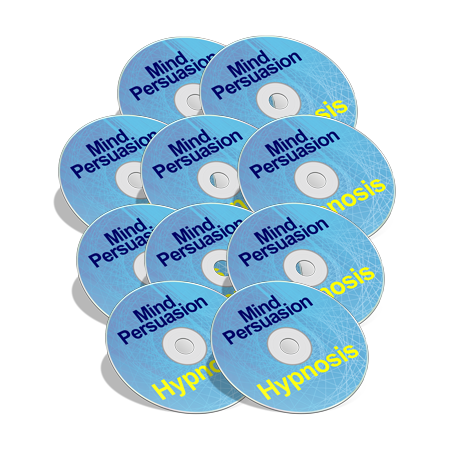I was sitting in a bookshop the other day, like I like to do, as those of you that read this blog on a daily basis have noticed. And I saw some guy walking around the shop giving out his business cards. He was very bold. He would just walk up to somebody, introduce himself, and give a quick introduction, and then before his mark knew it, they were holding one of his business cards. I wasn’t near enough to listen to what he was saying to people, because I was sitting in the coffee shop section of the bookshop.
I was reading this interesting book on metaphor. The book was talking about how all word are really metaphors for things that, with our limited capacities of understanding, can only approximate through our language. The best we can do as communicators is share our metaphors with each other, and hope that our underlying understanding of what it is that we are talking about overlaps enough so that we can communicate our ideas and feelings to each other. Sometimes though, when people communicate, there are several different meanings on several different levels, and you can never be quite sure what it is that this person is saying, even if you can lip read and have a clear view of their mouth.
But as this guy kept handing out his business cards, and judging by the expressions on the faces of the people that were on the receiving end, I got the sinking suspicion he was trying to sells something. I don’t think he was giving out free information like how to keep your car in tip top shape or how to make sure that when you bake your thanksgiving turkey it comes out with a moist juicy inside, and a crunchy delicious outside. I got the sinking suspicion he was a network marketer of some sort.
And judging by his approach, he seemed to be going for the shotgun marketing technique, or what is sometimes called the spaghetti marketing technique. This, as you are well aware, is when you throw your pitch to as many people as possible, and inevitably you will get a few that buy into your ideas. If you do this enough, you will likely be successful, so long as you follow the old ABC rule of sales: Always Be Closing.
“That works, but it takes a lot of energy. And the thing is, for every sale you get; you are going to have a few people that are angry that you approached them. Which is fine, you have a thick skin. But some people starting out, that’s not the best way to go.”
I heard a voice from behind me say. I looked, and I guess it was obvious that I was watching this guy.
“Oh?” I said.
“What do you recommend?”
“Well, the best way is to have a business card with a website on it. Then just give out the business card to as many people as possible, but without asking for a sale. Just tell them to visit the website if they are interested in the general kind of products you are offering. The on the website you have information about your product, and an email form to fill out if you are interested in more information. The people that fill in the information are called warm leads. These are much easier to convert to sales than cold leads, like that poor fellow is trying to do.”
“Hmm, sound interesting.” I said.
“What do you do when they say they want more information?”
“It’s all about criteria. All you need to do, is to find out what’s important to them. Once they tell you what’s important to them, all you have to do is show them how they will satisfy that need in buying your product.”
“Interesting. You are in sales, I take it?” I asked him.
“Oh, no,” he said.
“I’m an architect. I just like studying human behavior as a hobby.”
“So where did you learn this?” I asked him.
“I took a seminar from a guy a few years back, and he said that selling things to people, ideas, products, new behaviors is all really part of the same structure. People are a walking set of unmet needs. And these needs go very deep. He said that when you can elicit just one or two of these needs, and show them how it can be satisfied by one of your products or ideas, or new behaviors, they will not only eagerly accept it, but they will thank you afterwards.”
Hmm, interesting, I thought, turning back to my book on metaphors. In case you’re interested, the book is “Metaphors We Live By,” by George Lakoff. It’s fascinating, and I highly recommend it.
